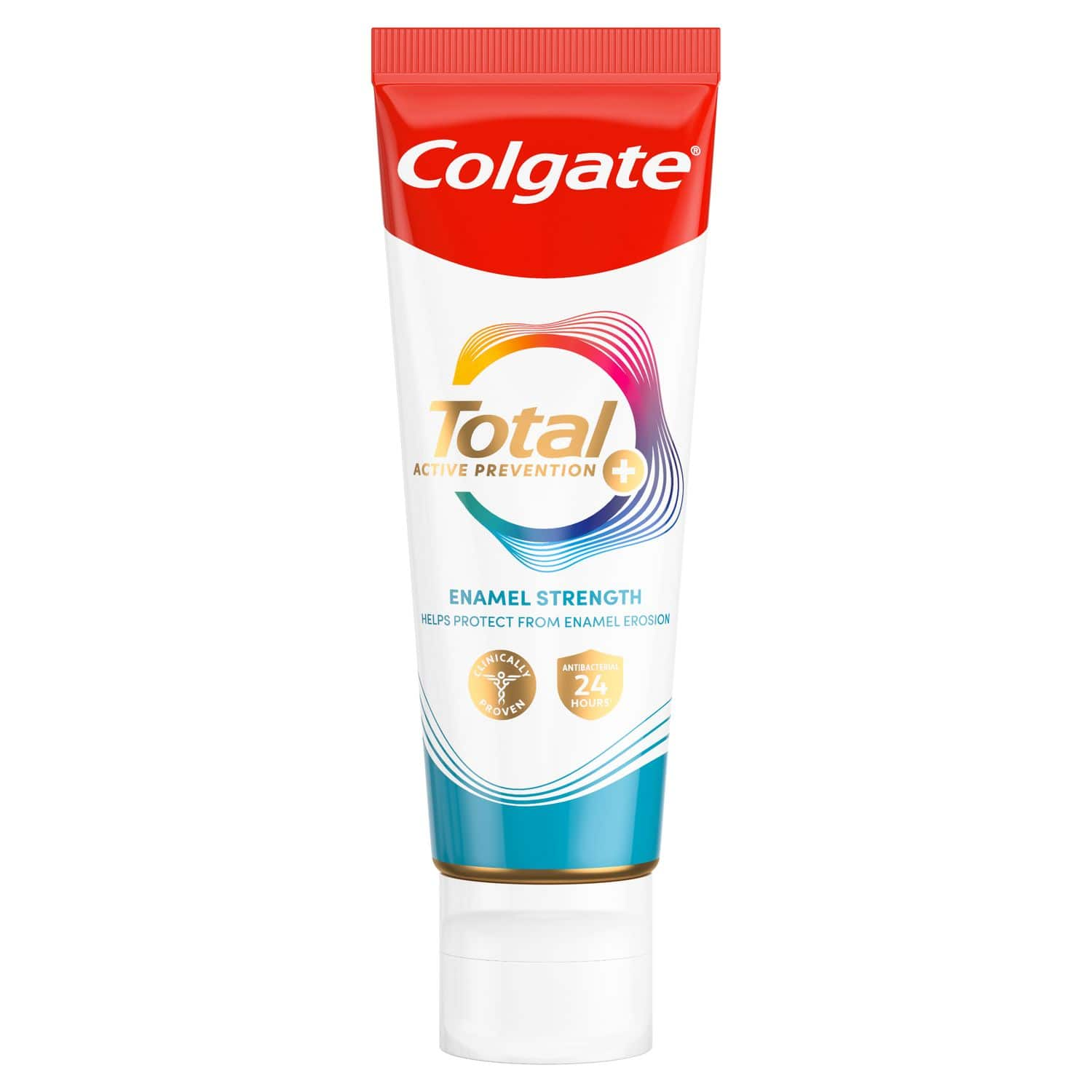Dental Crowns
A dental crown (also referred to as a cap) is a fixed prosthetic object that is cemented onto a tooth. Only a dentist can remove it once it's in place. The main purpose of a crown is to cover a damaged tooth, but it also strengthens it, improving its overall appearance and alignment in the mouth.
Crowns are made by taking an impression of the tooth or teeth they'll be covering. Before this impression is created, your dentist must first reduce your tooth's size so that the crown fits properly. Your dentist may also place a temporary crown while the permanent one is being made.
Types of Dental Crowns
There are four different types of dental crowns.
- Ceramic — These are used for restoring front teeth, and are popular in this area for their ability to blend with your natural tooth colour. The crown is made of a porcelain-based material.
- Porcelain-fused to metal – This crown provides a stronger bond than regular porcelain because it is connected to a metal structure. It's also extremely durable.
- Gold alloys – This crown is a mix of gold, copper and other metals. In addition to providing a strong bond to the tooth, it doesn't fracture, nor does it wear away the tooth itself.
- Base metal alloys – This crown is made up of non-noble metals that are highly resistant to corrosion and make for a very strong crown. It also requires the least amount of healthy tooth to be removed prior to fitting.
Differences Between Crown Types
Milled, all-ceramic crowns do not offer as precise a fit as the other three types of metal-containing crowns, according to the British Dental Journal, meaning a lot hinges on the type of cement used as a seal.
Durability is best in the gold and metal alloys crowns, whereas the all-porcelain crown tends to be less strong and more susceptible if put under enough pressure (if you grind your teeth at night, this may pose a problem). By contrast, the crown of porcelain fused to metal offers better durability. Both porcelain-based crowns are highly resistant to wear, but they can quickly aggravate opposing teeth if the adjacent surface becomes rough. Incidentally, the gold and metal alloys are resistant to wear and gentle on opposing teeth at the same time.
Though they sometimes become loose or fall out, crowns can last a lifetime if properly maintained. The best way to achieve this is through proper oral health. Brushing and flossing twice a day are your go-to methods of keeping your teeth healthy every morning and night. Use a good toothbrush to keep your teeth spotless, especially your back molars. Above all, scheduling regular check-ups with your dentist is key to sustaining good oral hygiene so that you won't have to choose from these different types of dental crowns.
This article is intended to promote understanding of and knowledge about general oral health topics. It is not intended to be a substitute for professional advice, diagnosis or treatment. Always seek the advice of your dentist or other qualified healthcare provider with any questions you may have regarding a medical condition or treatment.
ORAL HEALTH QUIZ
What's behind your smile?
Take our Oral Health assessment to get the most from your oral care routine
ORAL HEALTH QUIZ
What's behind your smile?
Take our Oral Health assessment to get the most from your oral care routine













